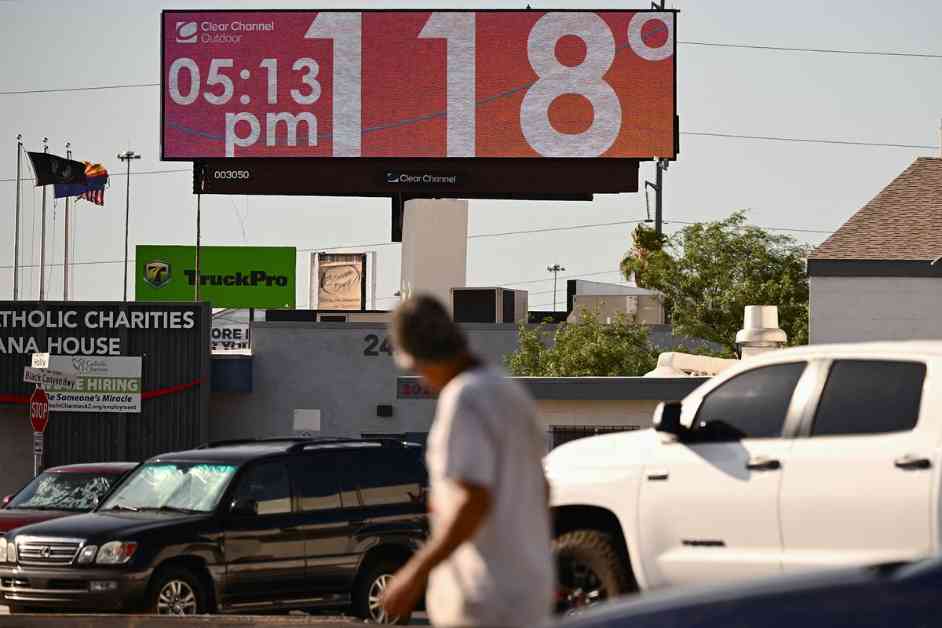Summer is here and with it comes the threat of deadly heat waves sweeping across the country. These extreme weather events claim hundreds of lives each year and cause more deaths than hurricanes, tornadoes, and floods combined. In addition to the tragic loss of life, heat waves also lead to significant damage to infrastructure such as train derailments and road buckling. In fact, the Southern/Midwestern drought and heat wave in 2023 cost a staggering $14.5 billion, making it the most expensive weather event of the year.
Despite the devastating impact of heat waves, the Federal Emergency Management Agency (FEMA) does not categorize them as disasters. This means that affected communities do not have access to critical resources from FEMA to help them respond to and recover from these events. As our climate crisis worsens, it is essential that FEMA recognizes heat waves as disasters and provides the necessary support to communities facing these challenges.
One potential solution that has gained support from various groups is to include heat waves in the Stafford Act, which governs FEMA’s actions during disasters. While this is a step in the right direction, addressing the complexities of heat waves requires a more comprehensive approach. Emergency management officials, who are on the front lines of responding to disasters, are advocating for changes that would allow them to better assess and address the impacts of heat waves.
In order to classify heat waves as federal disasters, real-time data is needed to accurately measure the severity of these events. Traditional methods of estimating heat-related mortality are often delayed and do not provide timely information for response efforts. By utilizing existing tools and resources from federal agencies like FEMA and the Centers for Disease Control (CDC), it is possible to develop a system that can track the health and economic impacts of heat waves in real-time.
In addition to policy changes, FEMA must also be equipped with the necessary funding and resources to effectively respond to heat waves and other people-centered disasters. The Disaster Relief Fund, which is critical for providing support during emergencies, is facing a significant budget deficit that could hinder FEMA’s ability to carry out its mission. Without adequate funding, FEMA may struggle to assist communities in need during times of crisis.
As the frequency and intensity of heat waves continue to rise, it is essential that we take proactive steps to ensure that communities are prepared and supported during these events. By recognizing heat waves as disasters, providing real-time data and resources, and securing sufficient funding for FEMA, we can better protect lives and infrastructure from the impacts of extreme heat. Our emergency managers are ready to help, and it is up to policymakers to empower them with the tools they need to succeed.






